
Email Marketing Conversion Rate Guide: Formula, Stats & Tips
Do you catch yourself having second thoughts about the impact of your email marketing efforts on your ROI? Or wonder how to measure and analyze your email campaign performance with accuracy? Then you landed on the right place.
To get your email marketing machine moving, you need data-driven evidence. And by that, we mean getting a better grasp of important email metrics, especially the email marketing conversion rate.
In this guide, you’ll learn what email conversion rate is, interesting benchmark stats, and tips on how to calculate and improve it.
What Is Email Marketing Conversion Rate?
Email campaigns require readers to take specific actions, such as completing a purchase, the so-called conversions. The email conversion rate shows the percentage of the subscribers that completed the desired action after interacting with an email.
The email conversion rate comes in different shapes based on the goal they serve. For example, if you want to showcase an upcoming product to subscribers, you can track the open or click-through rate.
However, if you aim for direct sales or registrations, the conversion rate will depend on purchases and filled-in forms. Think about abandoned cart emails. The conversion rate usually depends on whether users reached the checkout or not.
Tracking this metric can be challenging at times, as it’s not as standardized as values like bounce and open rates and require strategizing. Hence, it’s important to clarify your conversion points in advance to avoid losing important data on the way.
Why Is Email Marketing Conversion Rate Important?
Email marketing is one of the most profitable channels for businesses of all kinds, with an average ROI of $42 for every dollar spent.
The number of conversions coupled with other metrics, such as bounce rate, unsubscribes and spam complaints, help you understand what email content fascinates your readers and what they find irrelevant. Pinpointing those patterns will help better your messaging.
Finally, as marketers, you’ll get to report on hardly every single metric to justify that the email channel is worth the budget to your managers. A high conversion rate that reflects on the return on investment will prove that email marketing is game-changing, considering it’s usually cheaper than other digital marketing channels, too.
How To Track Your Email Conversion Rate
Once you find the number of conversions, you can calculate the rate using this formula:

In a nutshell, if you send an email to 5,000 subscribers and 500 complete the desired action, your conversion rate will be 10%.
Overall, it’s hard to track and sustain high email conversion rates without a solid email marketing strategy and setup. You’ll need a dedicated email software tool to avoid excessive manual work.
Most email marketing services offer analytics and reporting dashboards where you can track important data, such as click and email open rates. So, once you’ve set your conversion point, look for the exact metric to gain better insights.
Moreover, with a platform like Moosend, you’ll access important tools beyond analytics, such as ready-made landing pages and forms to capture your conversions faster. Not to mention the plethora of personalization and segmentation capabilities that will get you to the next level.
Check out Moosend’s dashboard if you need a reference. You can see the metrics of a Black Friday webinar email inviting readers to register:
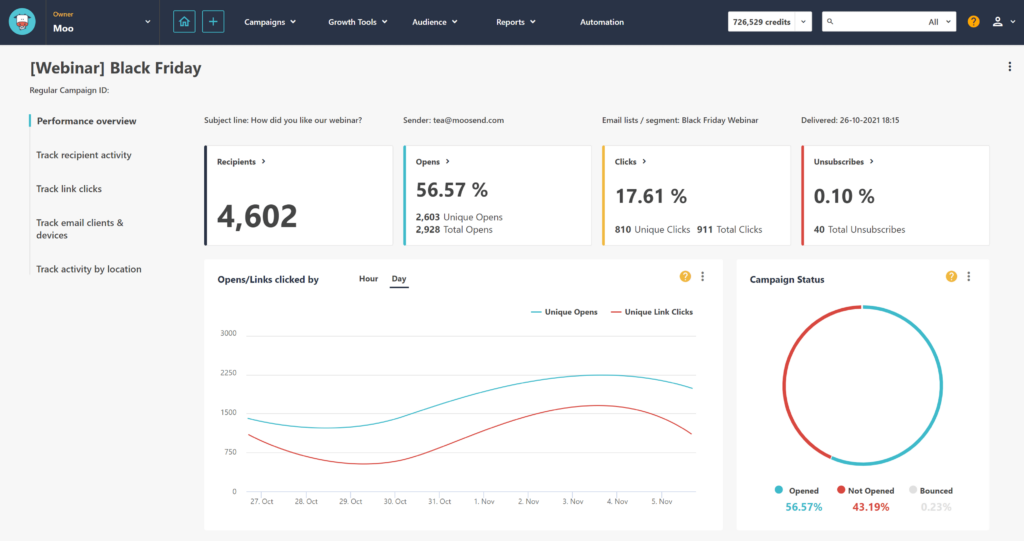
Want to see for yourself? Sign up for a free trial today or get one of our cost-effective pricing plans to make conversions rise.
What Is a Good Conversion Rate for Email Marketing?
To flag a conversion rate as successful, you should consider several parameters, such as your niche, the email type (i.e., triggered vs promotional), the location, or the quality of your email list.
However, since the conversion rate can be tracked in different ways, it’s hard to give a number away safely. Instead, keep an eye on important email benchmarks like open rates and CTR for different niches, times, or regions to understand how your emails perform against goals.
Here are some relevant metrics for different industries. While open rate and CTR are common conversion rates, bounce and unsubscribe rates may hurt conversions when they rise:
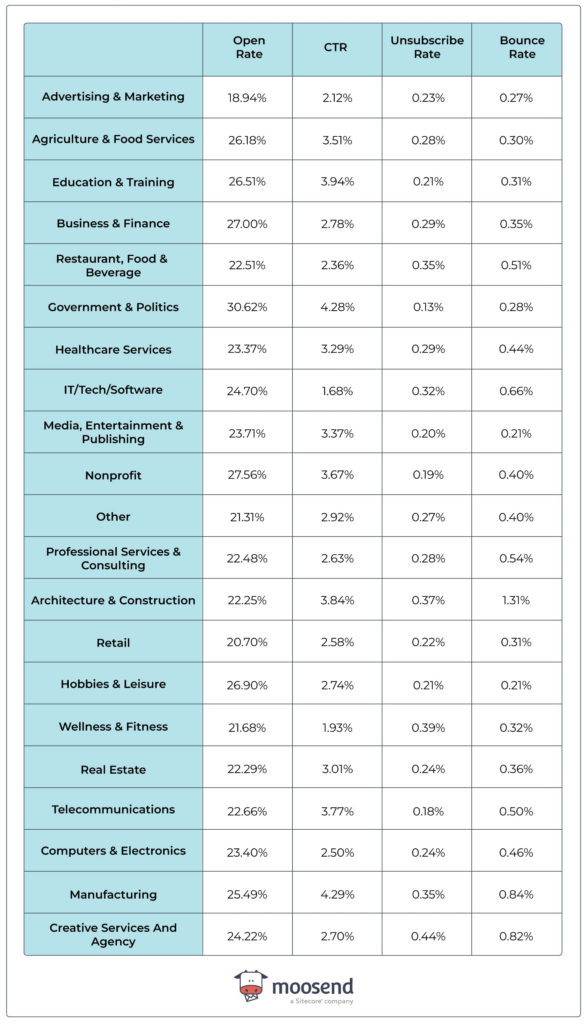
8 Tips for Conversion Rate Optimization
Looking for ways to elevate your conversion rates and ultimately your email ROI? Once you find the desired action for your email marketing campaign, follow these steps:
1. Offer valuable content to readers
You can’t just trick your target audience into buying your products or services without showing them their real value. You need to know your buyer personas in-depth, understand their customer journey, and offer them relevant content to convert.
Highlighting the benefits of your products or services and the pain points they’ll resolve throughout your email copy is key. Social proof and testimonials are always great additions, as people want to hear from their peers to feel secure before finalizing a decision.
You can check most of those boxes through thoughtful and relevant copywriting your readers will find easy to resonate with. Plus, your call-to-action button, the one that will bring the CTRs you long for, should be written in actionable language to work better.
Here’s a promotional email marketing campaign by Google that hits readers hearts:
Subject line: Meet the new Pixel 6a from Google
![]()
2. Optimize your email design
Regarding readability, if your email copy is one side of the coin, then design is the other. In this case, you shouldn’t go with heads or tails, as the whole user experience matters to meet your conversion goals.
So how can you design a good email marketing campaign from scratch without wasting valuable time and effort? You can choose a premade template based on your goals, that’s also responsive for mobile devices and tablets.
Most email platforms offer such assets for plenty of purposes and industries, including intuitive editors to customize your emails. For example, Moosend provides users with responsive templates and various layouts, including a drag-and-drop editor to add or move around email elements effortlessly.
Once you spot a template that suits you, pick a font that is easy to read and add visual elements that will enrich your content. Plus, you should place your CTA button at a prominent place to help readers find it fast.
3. Personalize your emails
To increase your conversion rate and email marketing ROI, you should send tailored messages that’ll wow your email subscribers. Email marketing provides marketers with a wealth of tools to make that happen.
For starters, you’ll access marketing automation capabilities to create email series automatically triggered when customers or website visitors complete an action.
For instance, when someone joins your email list, you can send them a set of welcome emails combined with incentives and content marketing resources while your new subscribers’ interest is fired up.
Moreover, you can use custom fields to personalize your messages, from adding your email recipients’ names in the subject line to sending content related to their preferences, purchase history, and other parameters.
You can also use email segmentation and send different content to your subscribers based on their shared characteristics, such as demographics, location, and psychographic information, among others. Check out some of the top benefits of segmentation:
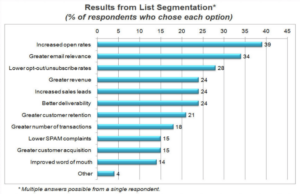
4. Write an effective subject line
Think of the number of emails landing in your subscribers’ mailboxes daily. How can you draw their attention toward your campaign? You need an attractive subject line to do the work.
But what does an email subject line need to be effective? Here are some tips:
- Make it between 30 to 50 characters to ensure readability for all devices and ISPs.
- Ensure that it reflects the email content without misleading the audience.
- Create a sense of urgency, especially when promoting e-commerce incentives.
- Add surprising elements through clever copywriting and emojis.
Plus, it’s wise to perfect your sender name and preview text as well to avoid confusing your readers. You can also use a free subject line tester like Refine to nail your subject line via recommendations based on your industry and email size.
5. Run A/B testing
If you want to boost your email performance but are unsure about certain parts of the email you’re about to send, you can resort to A/B testing. With this method, you can check which email version will be more successful for your audience at a given time.
For instance, you can experiment with different subject lines, email content, preview text, or sending time variations. The winning element will be sent to most of your subscribers, resulting in higher conversion rates.
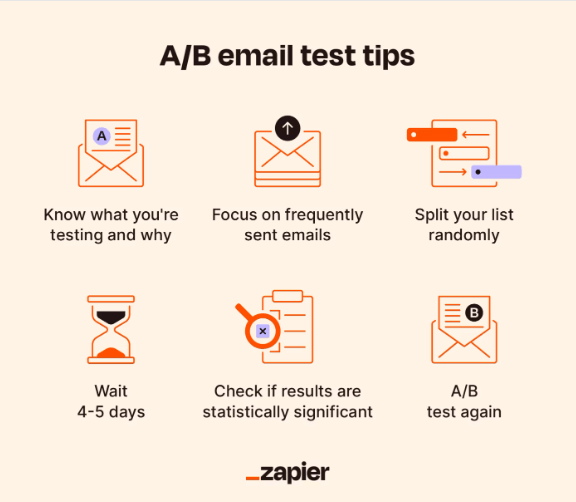
However, keep in mind that not all email services offer the same A/B testing solutions. So, if testing for a specific element is vital for you, check out the feature page of each platform to ensure they provide it.
6. Define sending time and frequency
As said earlier, one of the email performance factors you can test is sending time. The best timing may vary based on industry, so it’s important to seek what’s best for your target audience. You can experiment with different days and times until you find what suits you.
If you’re looking for a starting point, then according to recent Moosend data, you can try Thursday at 9 pm. As you can imagine, the weekend is not the best time to schedule your emails.
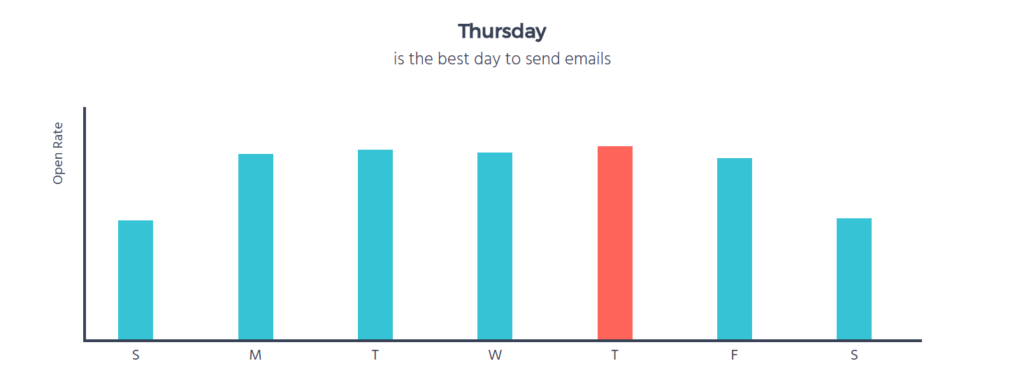
Consistency is key for marketers wanting to make the most of this channel. Decide the total number of emails you’ll send monthly and when and stick to your schedule to form the right expectations.
Overall, keeping regular contact, once or twice per week, is best. There’s no need to overload your subscribers with information they can’t absorb, or your spam and unsubscribe rates will gradually put your conversion at stake.
7. Sustain a good deliverability rate
To increase your conversion rates, it’s vital to keep important metrics like spam complaints, bounce and unsubscribe rates low. As a business grows, this becomes more daunting due to the size of their email lists.
So, if you want to surpass ISP filters and stay away from spam folders, keeping a good list hygiene is necessary. Here’s how to do so:
- Design a double opt-in signup process
- Conduct email list cleaning on a regular basis
- Include unsubscribe buttons on the email footer
- Avoid using several spam words
Finally, you can send a re-engagement email series to recalibrate customer relationships starting to weaken. If they don’t respond, remove them from your email list, informing them you’ll always be there if they change their minds.
8. Spot performance patterns and work on them
An integral part of a successful marketing strategy is data analysis. Once you grasp what works and what doesn’t in the different steps mentioned earlier, capitalize on your findings. Keeping track of your conversion rates will mean nothing if you skip this process as it will be hard to replicate them.
Apart from your own success stories, it’s also wise to check what your competitors or brands you admire are up to stay ahead of the curve.
And remember, analysis paralysis is always around the corner for professionals who want to excel in their field. To combat it, adopt the mindset of a resourceful doer, explore your blessings and pain points, and act accordingly.
Keep Email Marketing Conversion Rates on Your Radar
Now that you know what email conversion is about, it’s time to get to work. Decide on your email conversion points, track them diligently and your business ROI will flourish.
No, figuring out the most fruitful techniques and patterns won’t be a one-day gig, but you’ll get there sooner than expected if you’re well-prepared.
And since obtaining an all-in-one platform with excellent analytics capabilities and tools to design appealing emails without breaking the bank is a must, sign up for a Moosend account today and join our marketing community.
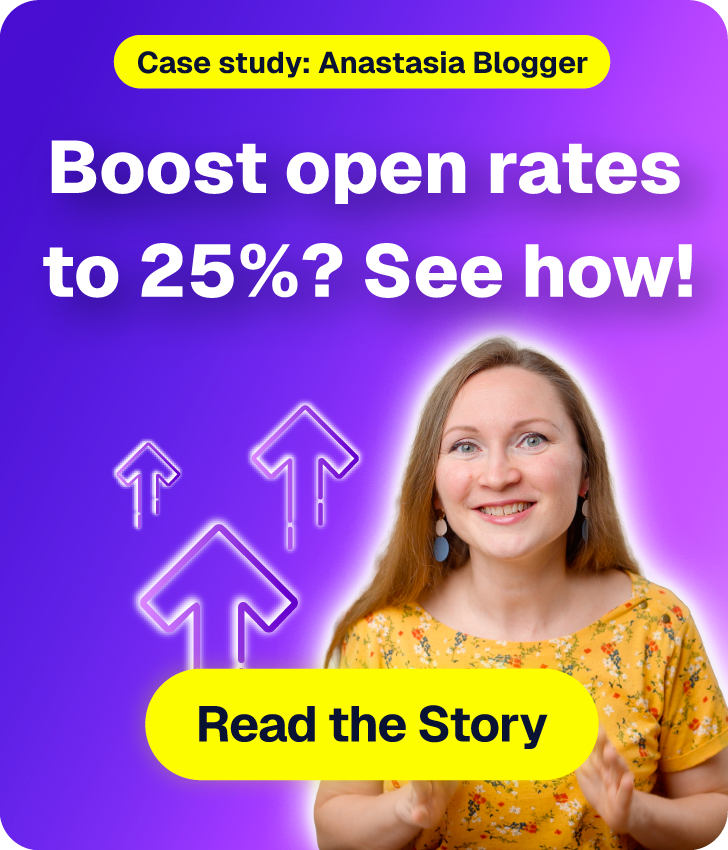
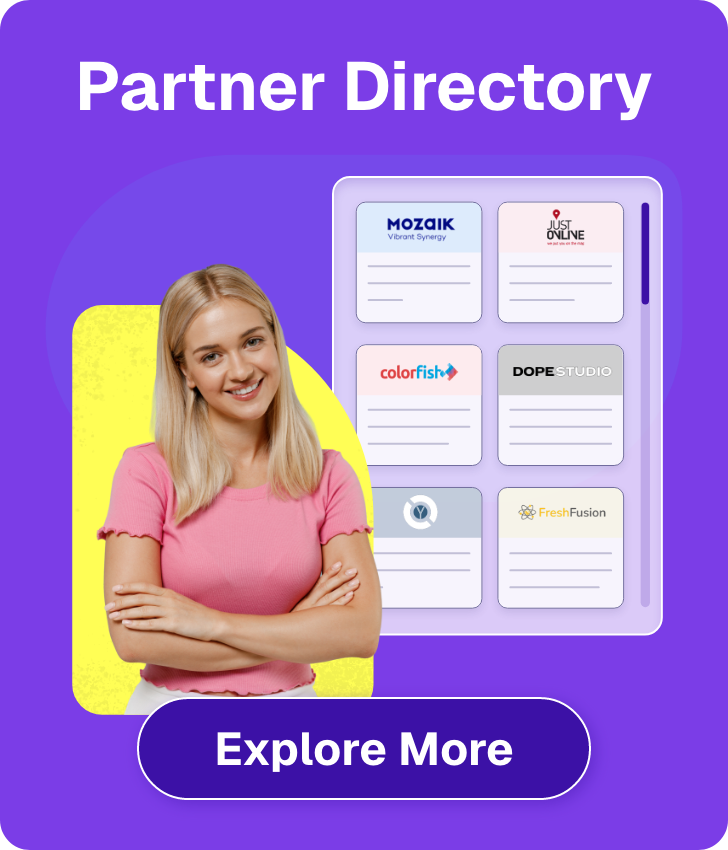

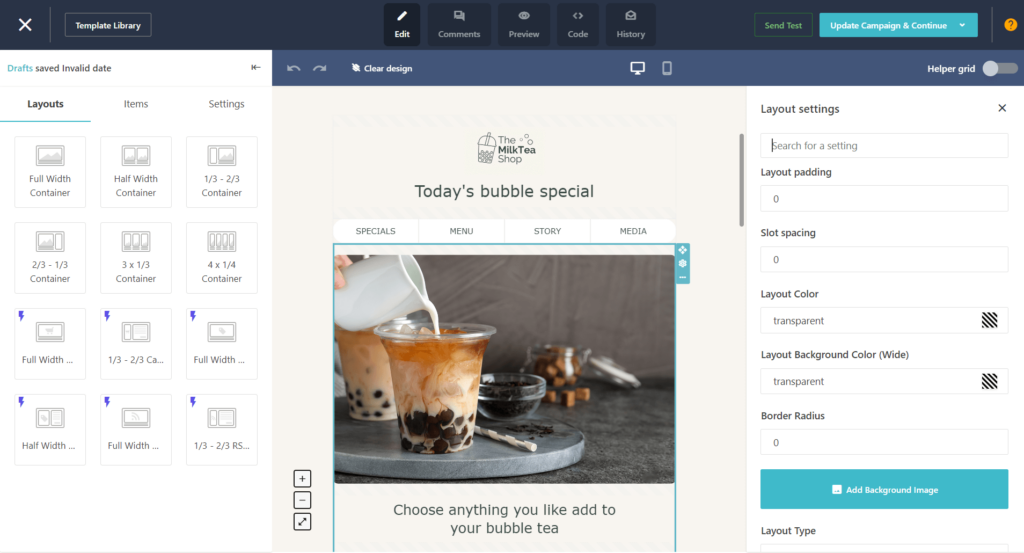
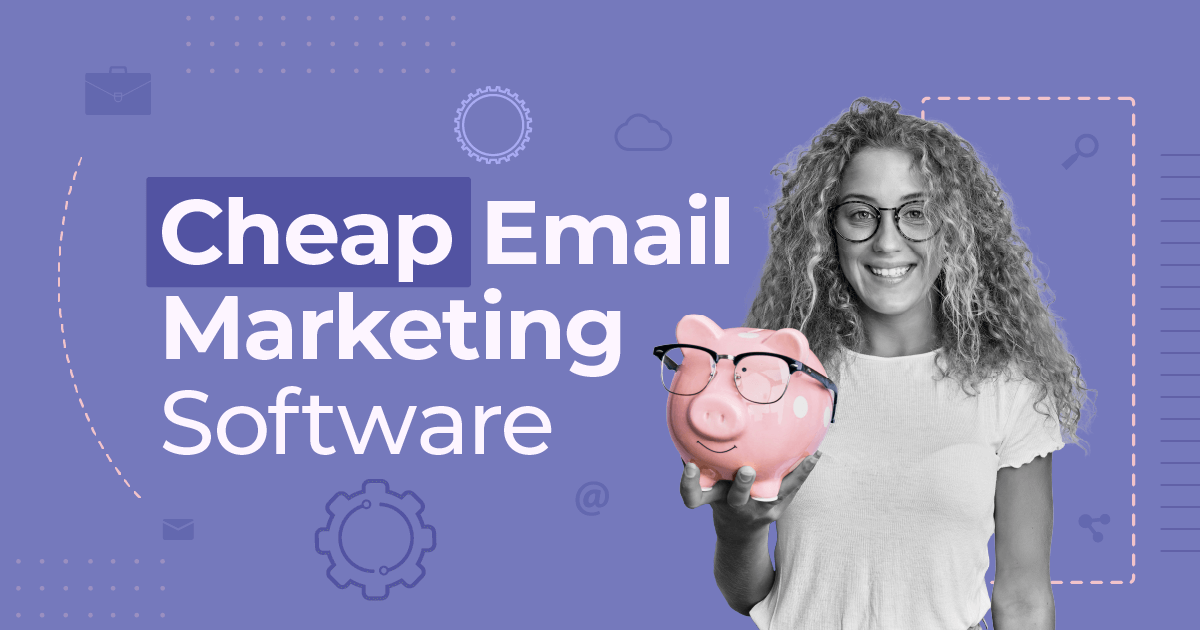
 Published by
Published by
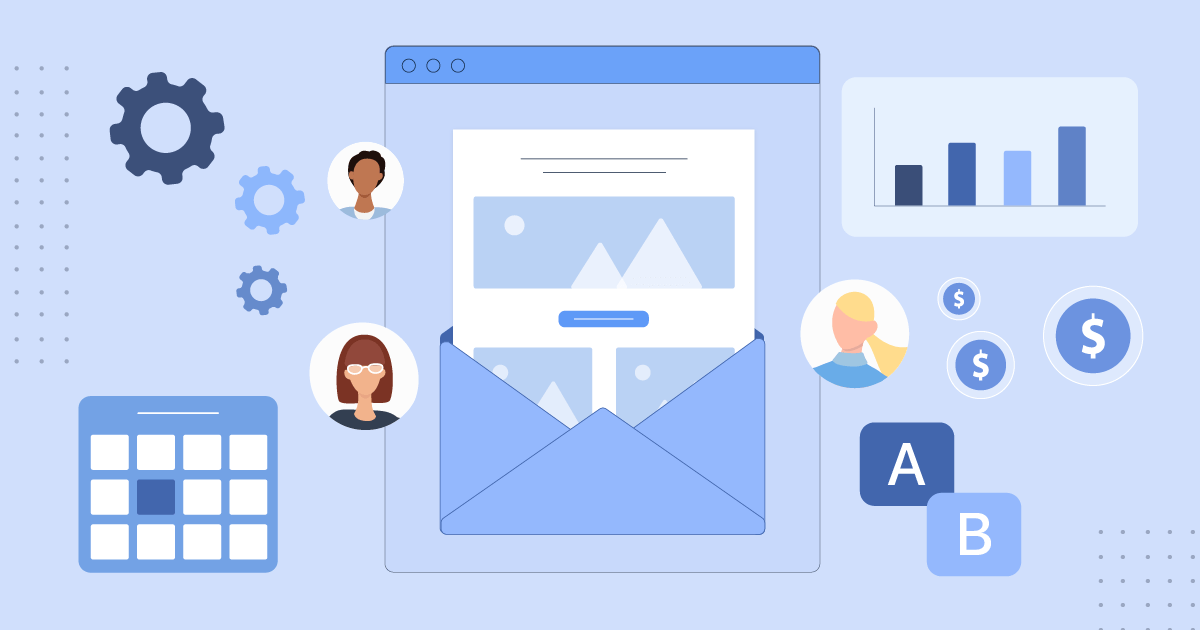
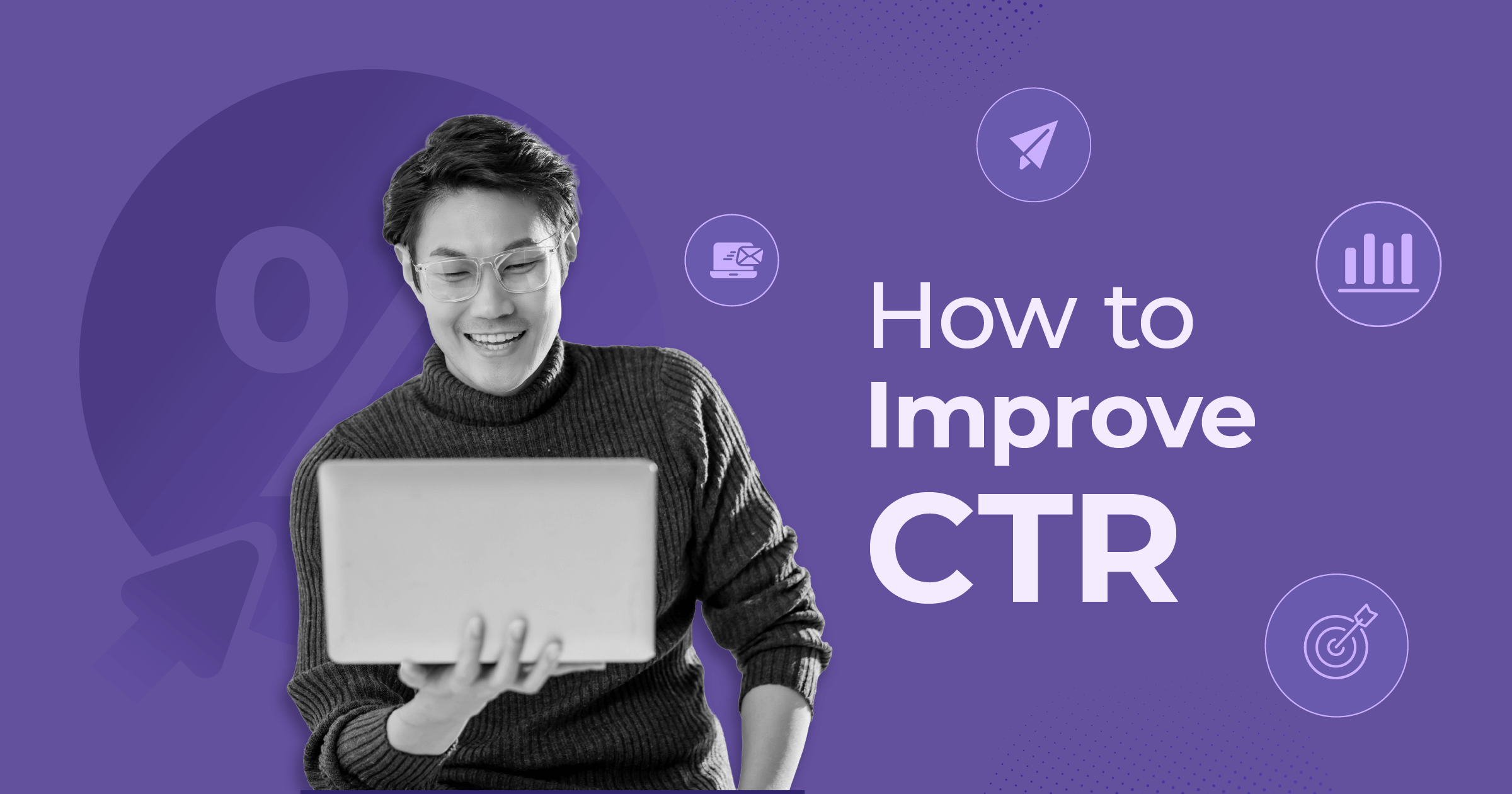
 Published by
Published by